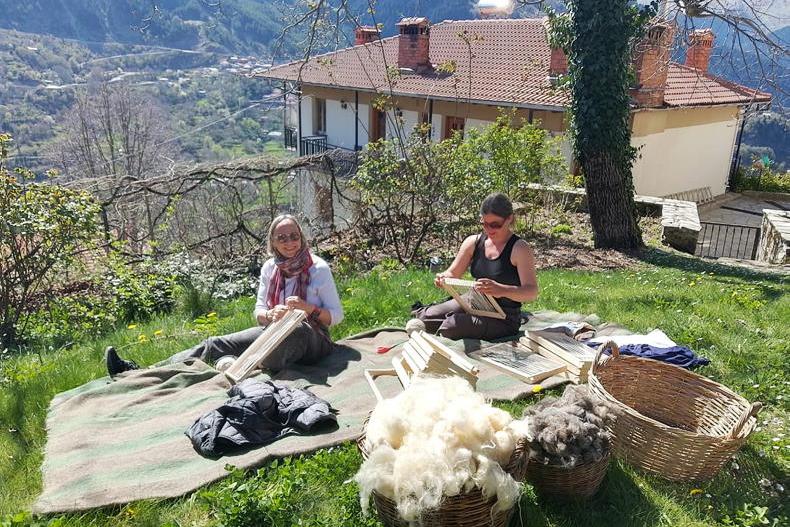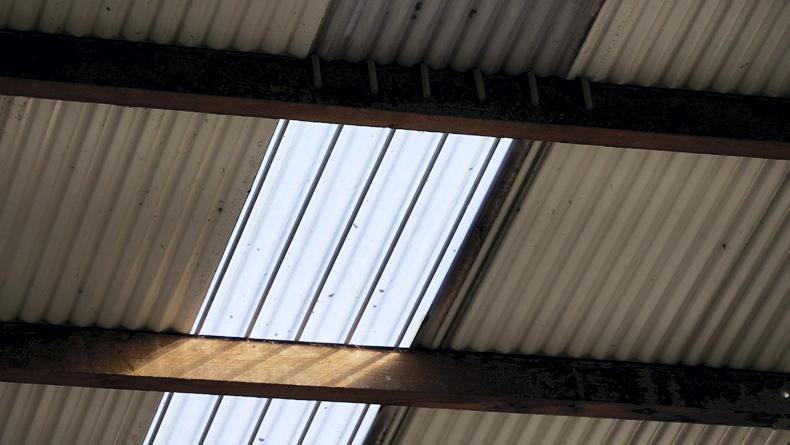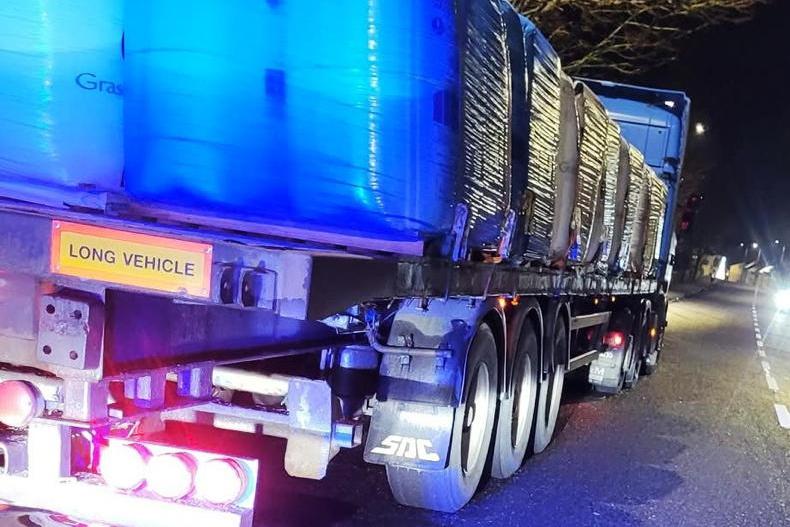The Taoiseach last week voiced reservations about the development plans of the Dublin Port company.
These include a new trucks-only bridge to relieve congestion at the existing Eastlink crossing – it has just one lane in each direction – and extra capacity for containerised freight.
He endorsed opposition to the port’s development already expressed by his colleague and TD for the area, transport minister Eamon Ryan.
Briefly, both politicians feel that capacity enhancement at Dublin is not urgent and that ports at Rosslare, Cork and Foynes should be expanded instead. These could serve as bases for offshore wind projects and the Taoiseach shares Minister Ryan’s optimism about the prospects for a recovery in rail freight at Dublin port and throughout the rail network.
Since Dublin is, by a distance, the most important seaport in Ireland, their opposition to the port company’s plans is an important intervention. It rests on two notions that should not go unchallenged – the desirability of dispersing development, especially population growth, away from the city and the plausibility of a resurrection for rail freight.
Ambition
The Government’s National Development Plan (NDP) contains an explicit ambition that population growth be diverted away from Dublin and has already inspired some neighbouring county councils to de-zone land previously intended for residential construction. Growth should instead, according to the NDP, be targeted at provincial cities including Cork, Limerick and Galway.
This reflects the perception that Dublin has grown too quickly and that there should now be restrictive policies in the city of Dublin and surrounding suburbs to achieve ‘re-balancing’. The apparatus to deliver this outcome is land-use planning, the preserve of local authorities since the 1963 Planning and Development Act.
The 1966 census was taken shortly afterwards and there has been a big increase in population in the following decades. But not in the city of Dublin.
The 2022 census shows that the national population grew by 78%, from 2.9m to 5.1m, but the city area of Dublin by only 4%, from 568,000 to 588,000.
Growth
The growth has come in the Dublin county area, which contained 227,000, less than half the city area numbers in 1966 but now contains 862,000, almost 1.5 times the city proper.
Outside the county altogether, Kildare’s population is up 272%, Meath by 227% and Wicklow by 157%. If we think of the mid-east region (Dublin city and county, Kildare, Meath and Wicklow) as divisible into the city proper (the Dublin City Council area) versus the rest of Dublin county and the three counties adjoining, the city population has hardly grown at all, with explosive growth, at way above the national average, in the more distant suburbs and the commuter belt.
Obstacles to residential development closer to the city create a hostile environment for public transport.
Population densities are just too low to deliver traffic flows that justify elaborate schemes like Metrolink, expected to cost €10bn for an underground tram line to a single suburban point and supported by both Leo Varadkar and Eamon Ryan.
There will be no 15-minute city without affordable accommodation closer to its core.
Both the sea and airports of Dublin are beneficiaries of the much-improved national road network.
The same improvements have seen the virtual demise of rail freight in Ireland, which now caters for hardly any containerised traffic, the market choice of the freight industry.
A container that arrives in Dublin port can be anywhere in Ireland in a few hours
Minister Ryan has allocated funds for a service to Foynes port, a fine deep-water facility but which has no container traffic, and favours the reopening, for freight, of disused rail lines around the country, conjuring up the vision that road congestion would be diminished if only all those lorries could somehow be assumed away.
A container that arrives in Dublin port can be anywhere in Ireland in a few hours, by truck, and without traversing the central streets of the city since the Port Tunnel feeds directly on to the M50 and the motorway network.
Most of the arrivals in Dublin have destinations in the east of the country and the truck would deliver the goods, and be back for more, a lot quicker than any conceivable rail option.
Rail freight revival
On the basis that truckers are not gluttons for punishment, it is difficult to take seriously the prospects for a revival of rail freight. Small islands with decent main roads are not promising candidates for investment in rail freight.
The grasping for simple solutions to planning and transport problems reached a new level in a recent suggestion from an Irish Times columnist that Dublin Port should be scrapped, the land used for housing, and a new port constructed at Arklow.
Arklow has no container traffic, virtually no traffic at all, and there is a reason.
Nature has declined to furnish deep water at Arklow and the Vikings were smart enough to notice.










SHARING OPTIONS